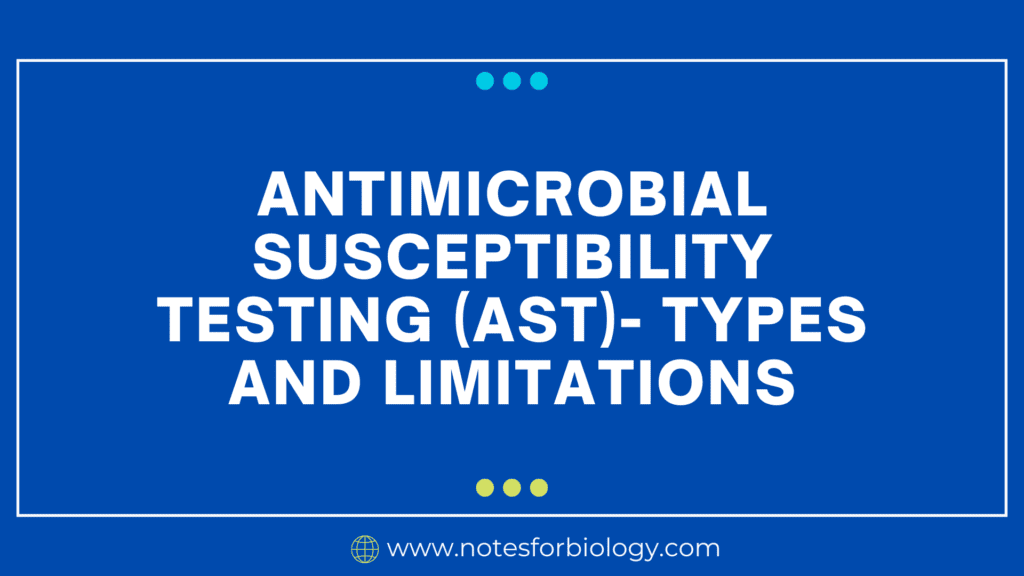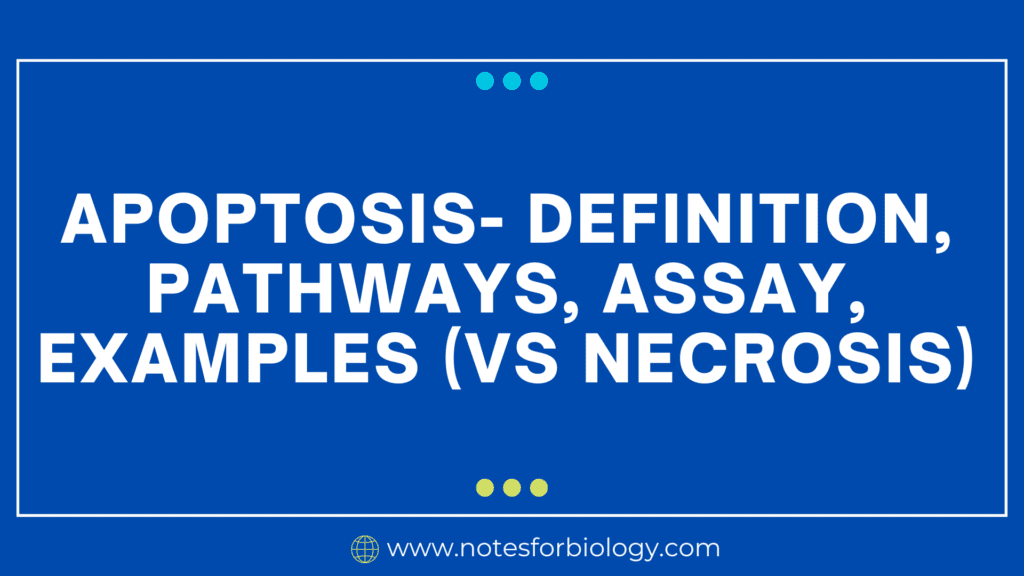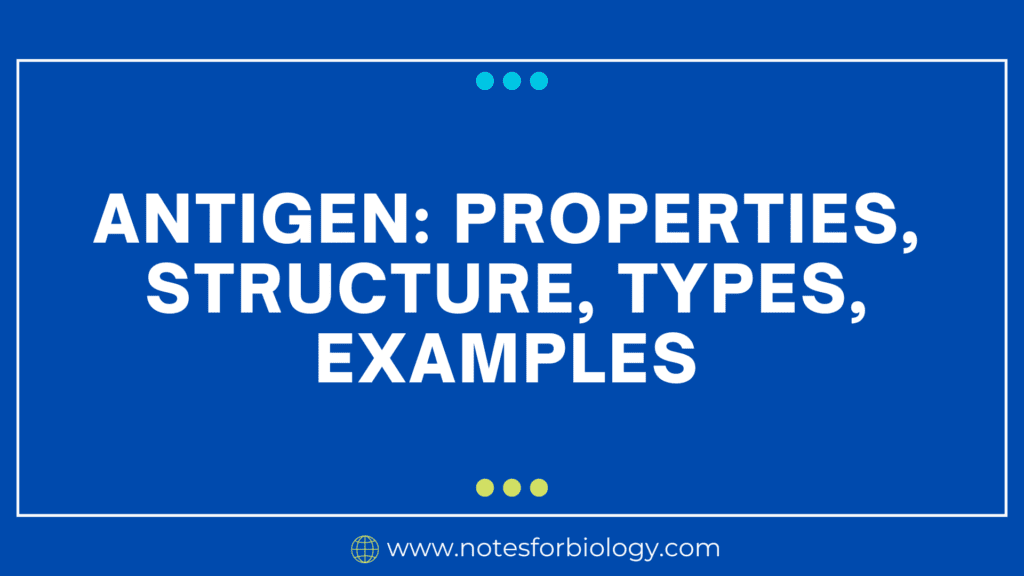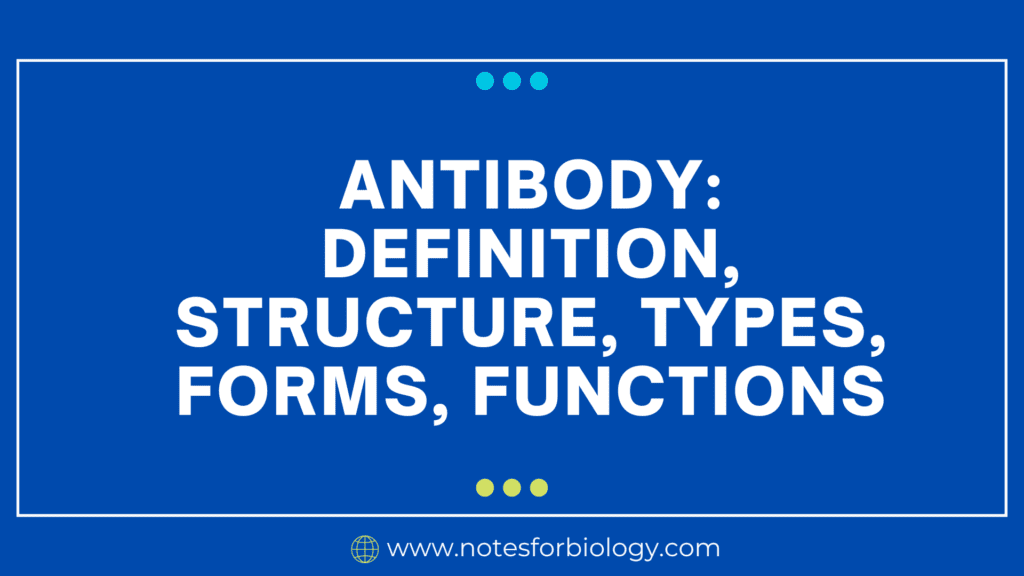Arteries vs Veins: 27 Major Differences
Arteries vs Veins 27 Major Differences are vital parts of the circulatory system, and they each have specific functions. Arteries, which are distinguished by their thick, elastic walls that can tolerate high pressure, transport oxygen-rich blood away from the heart to other tissues and organs. Veins, on the other hand, return blood that has lost […]










